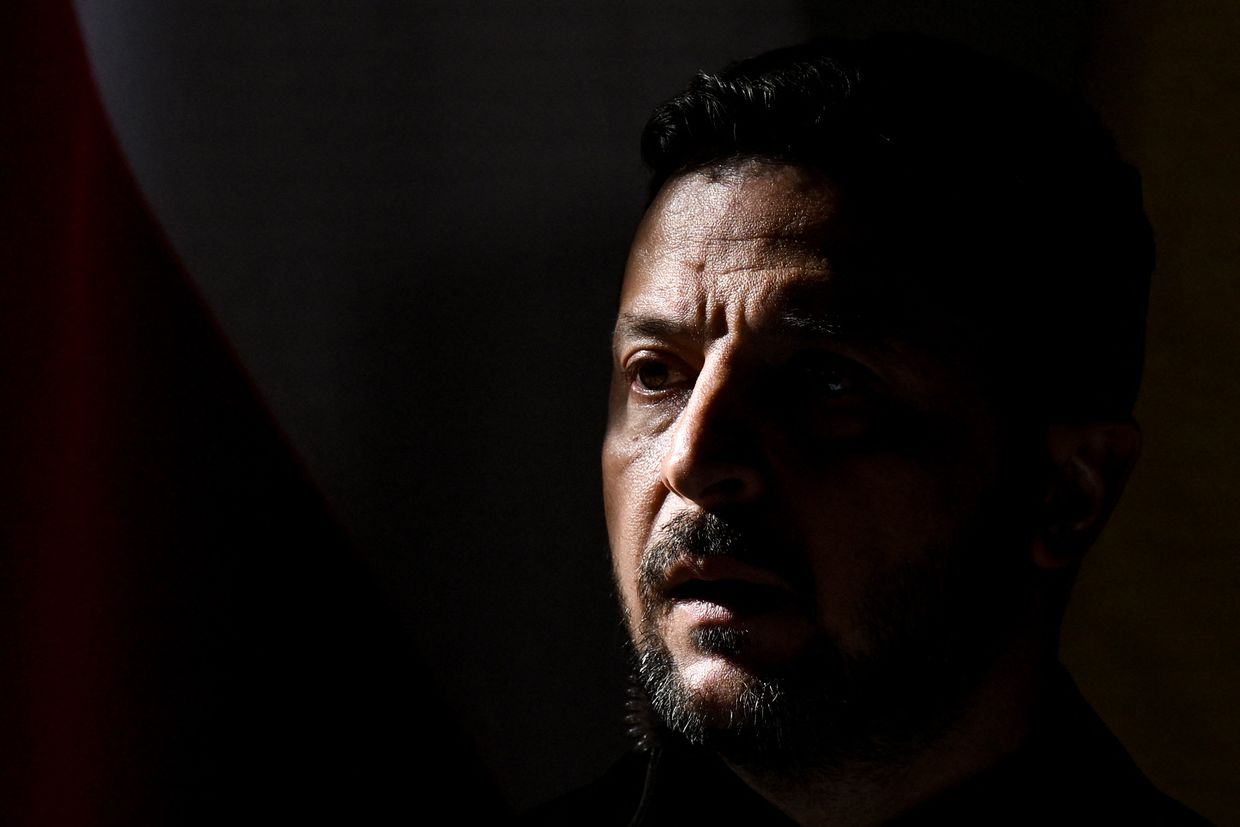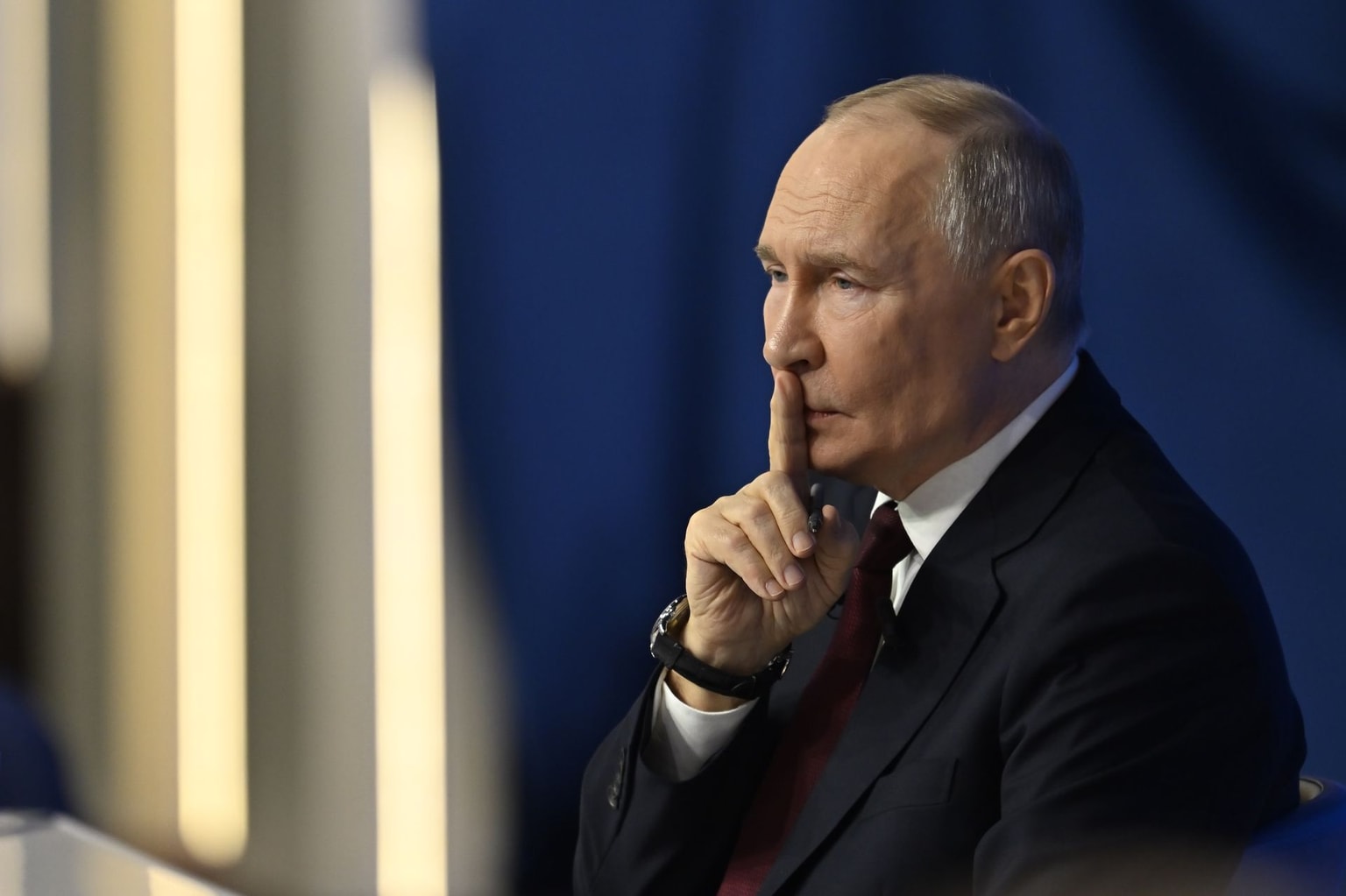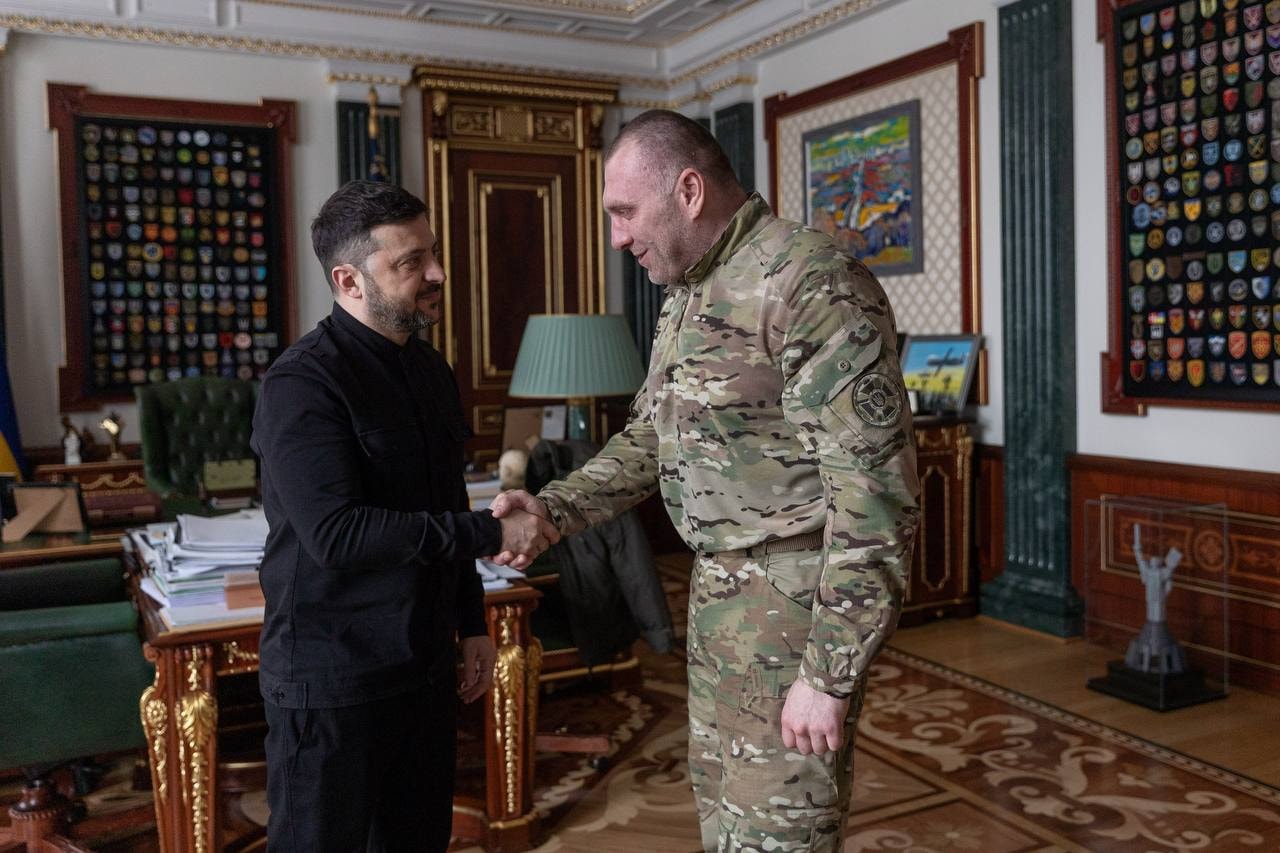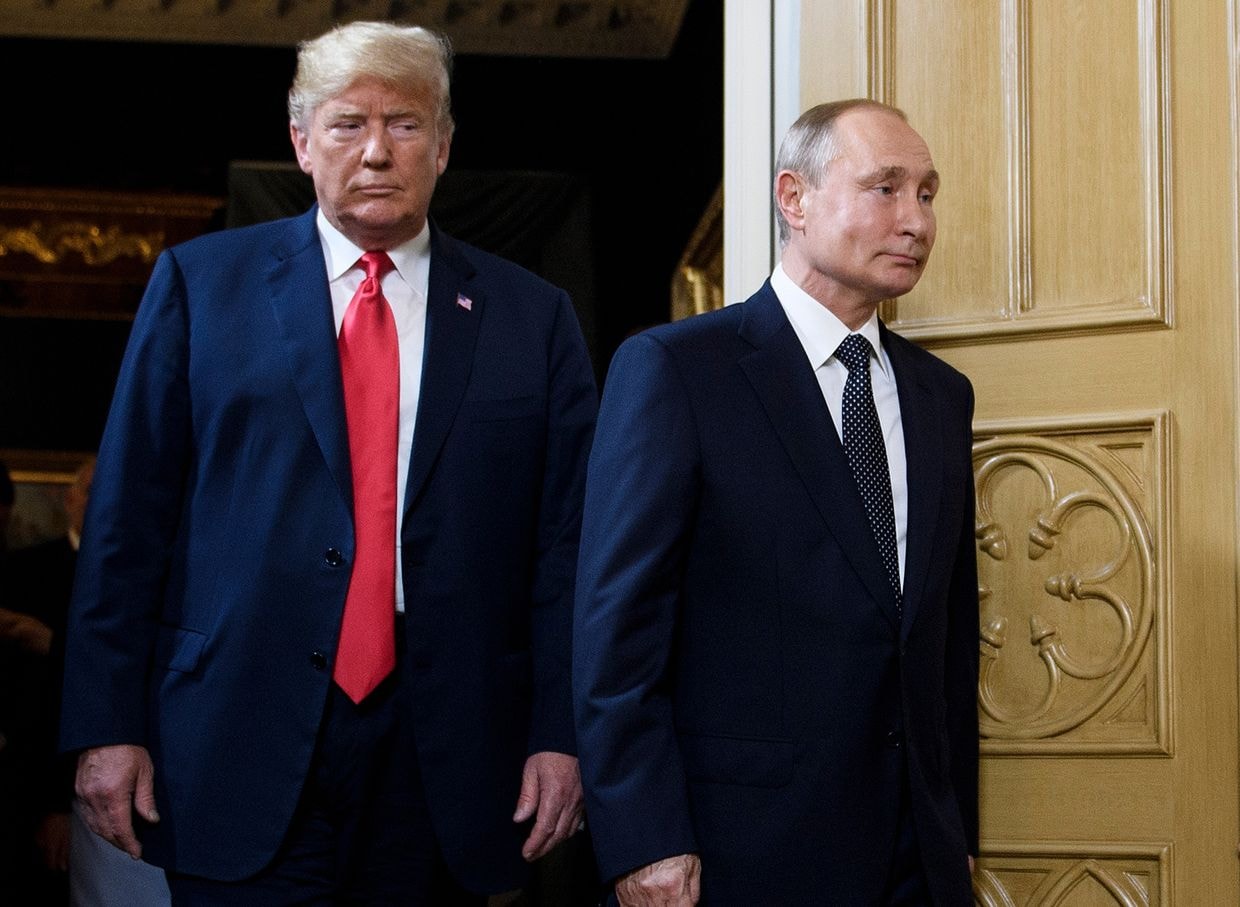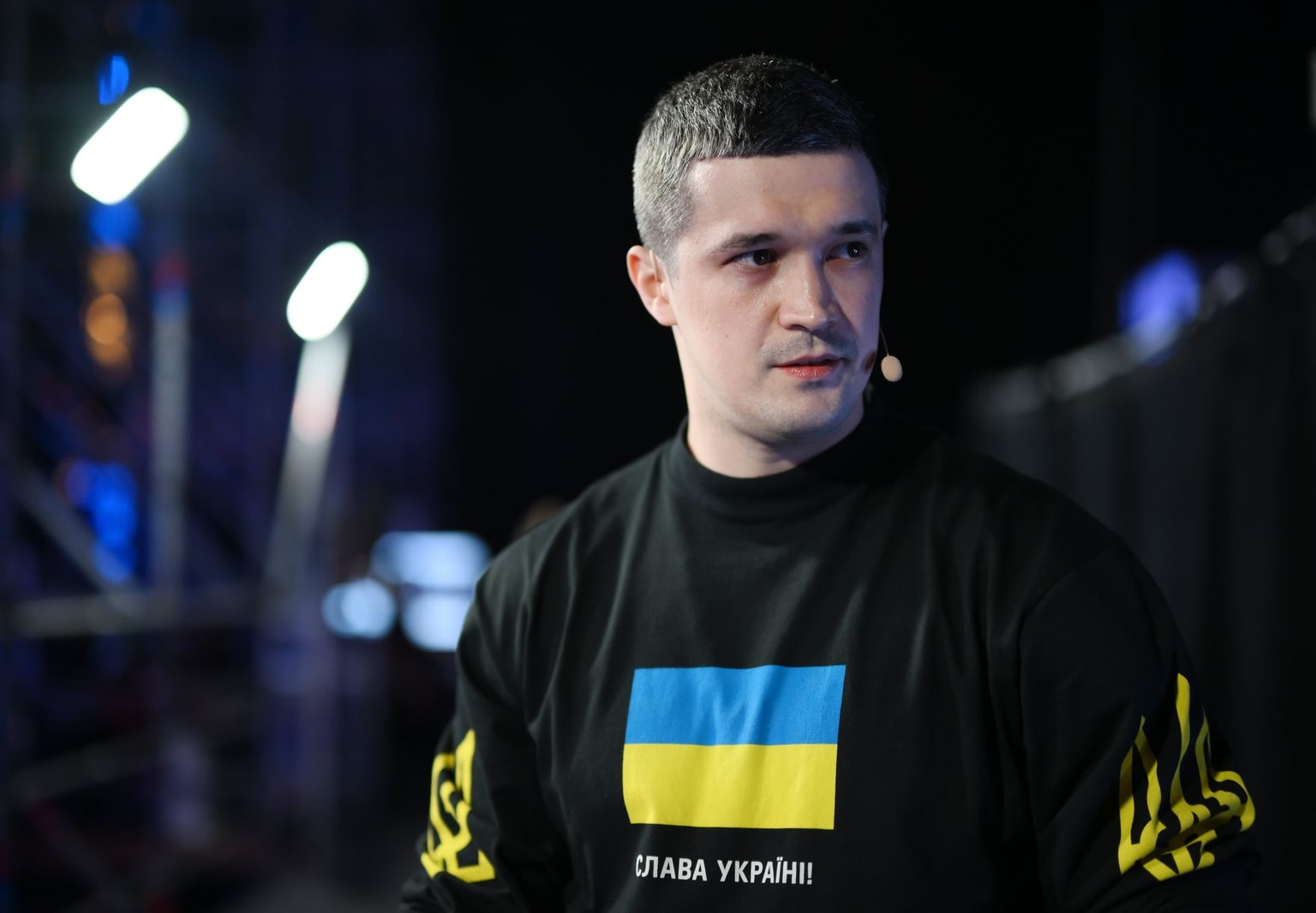Russia suffered 80,000 casualties during Kursk incursion, Ukraine's military chief says

Moscow has suffered 80,000 soldiers killed and injured during Ukraine's cross-border incursion into Kursk Oblast, Commander-in-Chief Oleksandr Syrskyi said in an interview with the Washington Post published on July 23.
Syrskyi did not reveal Ukraine's casualties in Kursk Oblast but said Russia's losses were significantly greater. The claims could not be independently verified.
Ukraine launched the unprecedented offensive into the Russian border in August 2024, taking Russia by surprise and seizing 1,300 square kilometers (500 square miles) in the first few months.
The operation, masterminded by Syrskyi, was designed to divert Russian troops from the front in eastern Ukraine and to disrupt Russia's alleged plans to invade Sumy Oblast, a northeastern region bordering Kursk Oblast.
Boosted by around 12,000 North Korean troops, Russia launched a counter-offensive this spring, pushing Ukraine from the vast majority of the Russian territory and advancing into border areas of Sumy Oblast.
According to open-source monitoring group DeepState, Ukraine continues to hold a small strip of Russian territory on the border in Kursk Oblast, and Kyiv has repeatedly rejected Moscow's claims about the end of hostilities in the area.
While the Kursk operation received praise for its initial tactical success, experts remain divided regarding its strategic usefulness.
Critics say the incursion failed to halt Russian advances in Donetsk Oblast and argue the operation should have been ended sooner before it turned into a prolonged and costly battle.
Almost a year after the operation's start, Syrskyi and other Ukrainian leaders continue to cite heavy Russian losses as one of the incursion's chief achievements.
In April, shortly after Russia announced it had recaptured nearly all of its territory in Kursk Oblast, the Ukrainian military put Russian losses at 25,200 killed and 36,200 injured. North Korea is also believed to have suffered up to 6,000 casualties, half of its entire contingent in the region.
Elsewhere on the front, Moscow's forces continue to push forward with a fresh offensive launched in May. Russian troops are attempting to establish a beachhead in Sumy Oblast and, for the first time, penetrate Dnipropetrovsk Oblast in central-eastern Ukraine.
While Kyiv continues to resist Russian aggression, it also contends with Russia’s advantage in manpower and resources, as well as dynamic — and at times volatile — relations with its chief military backer, the U.S.


